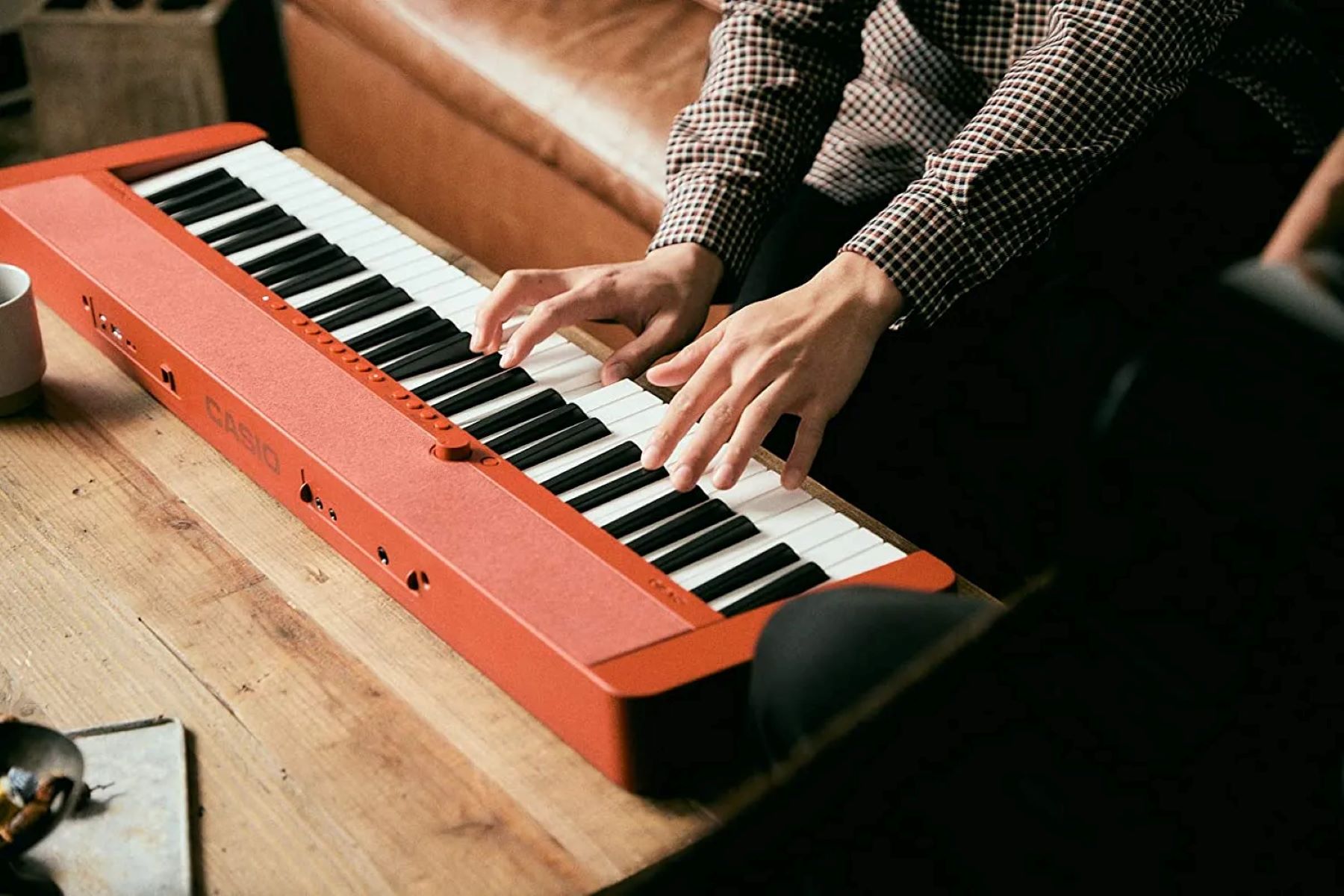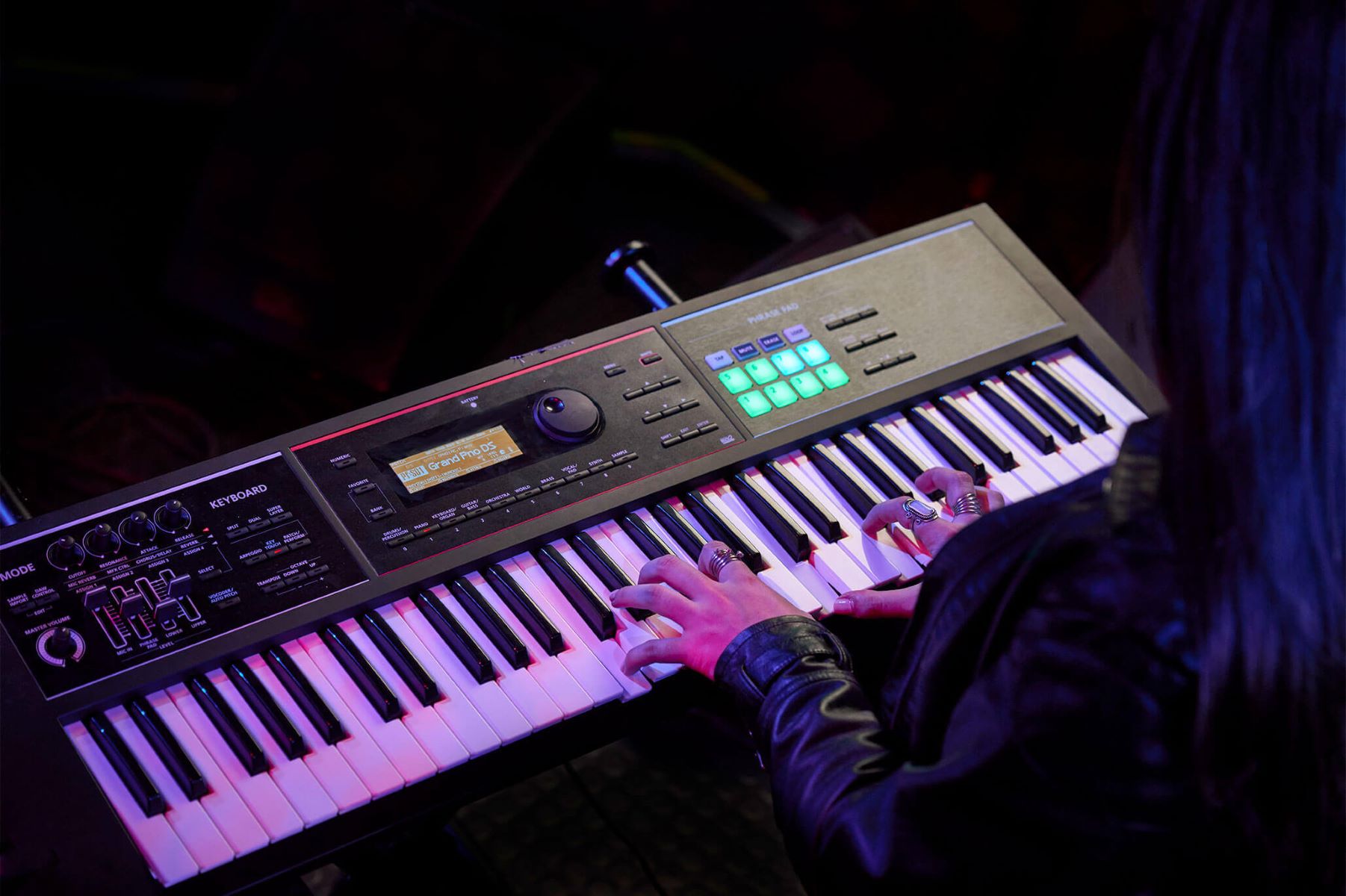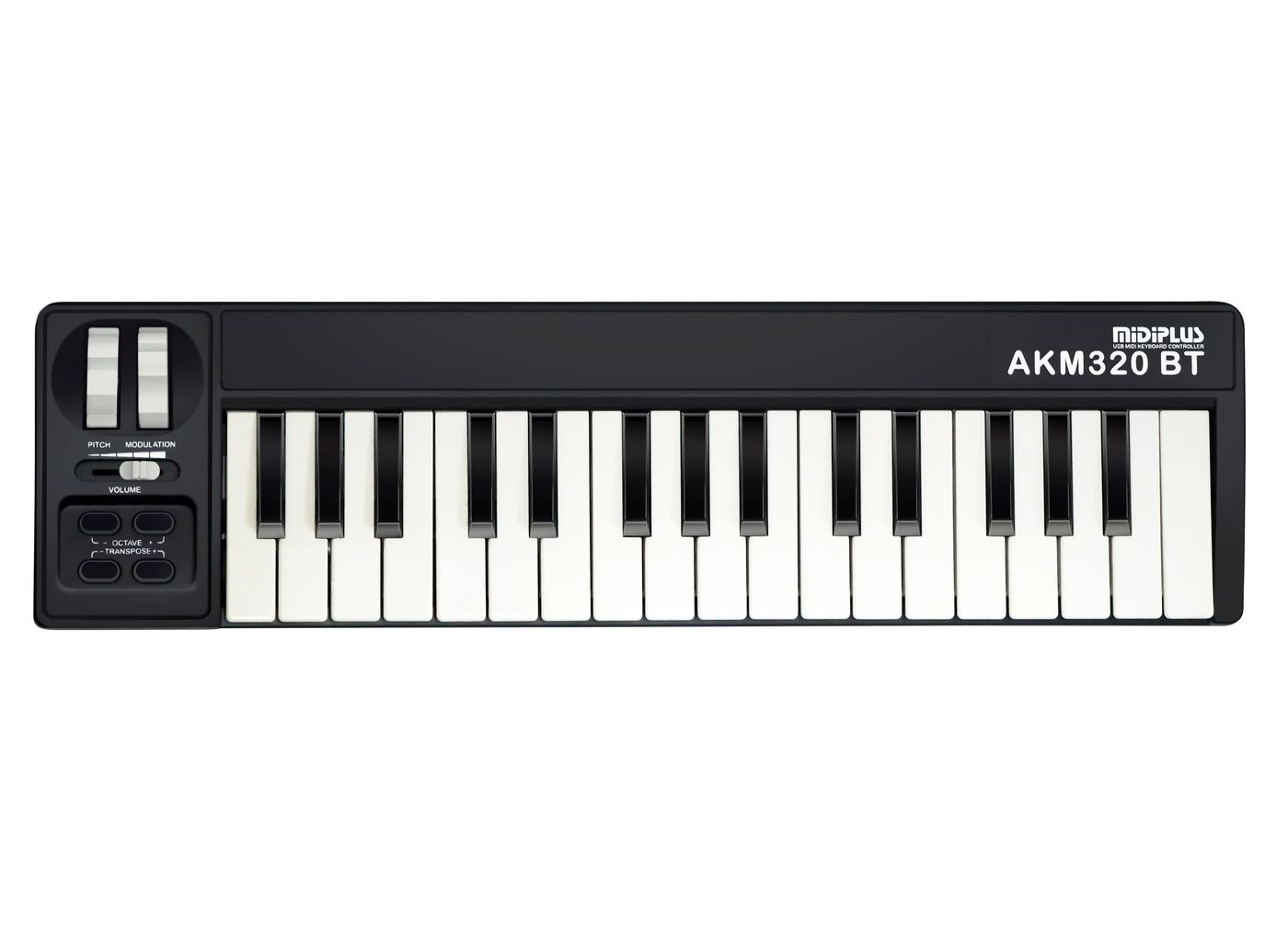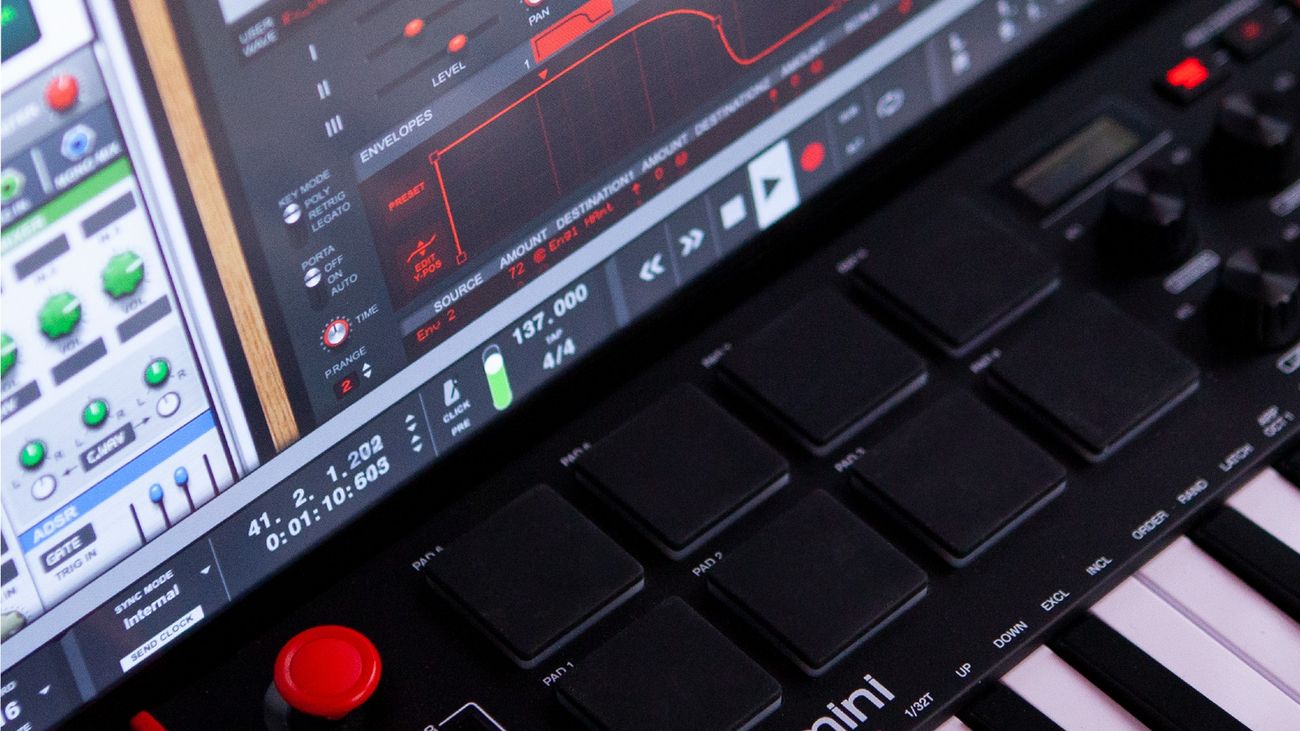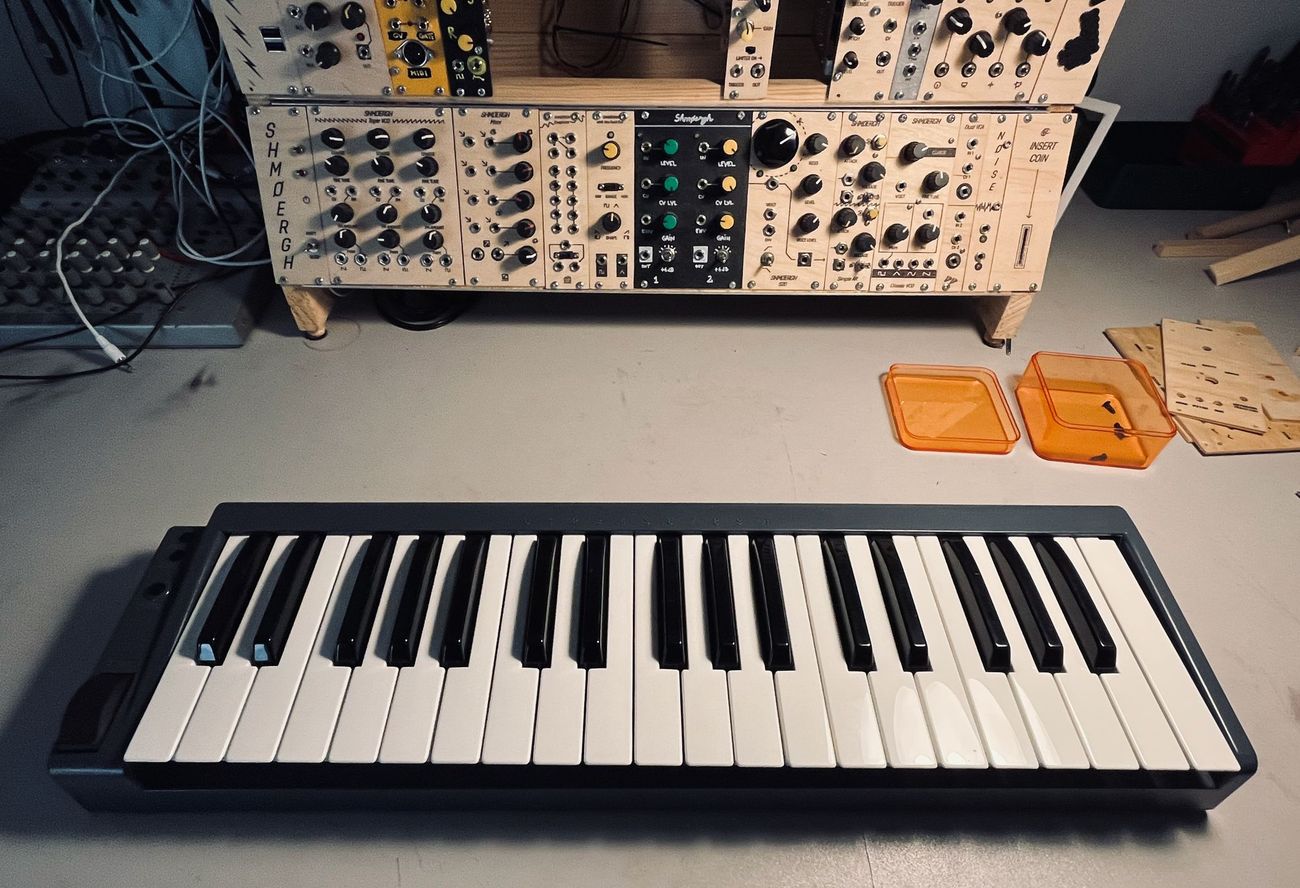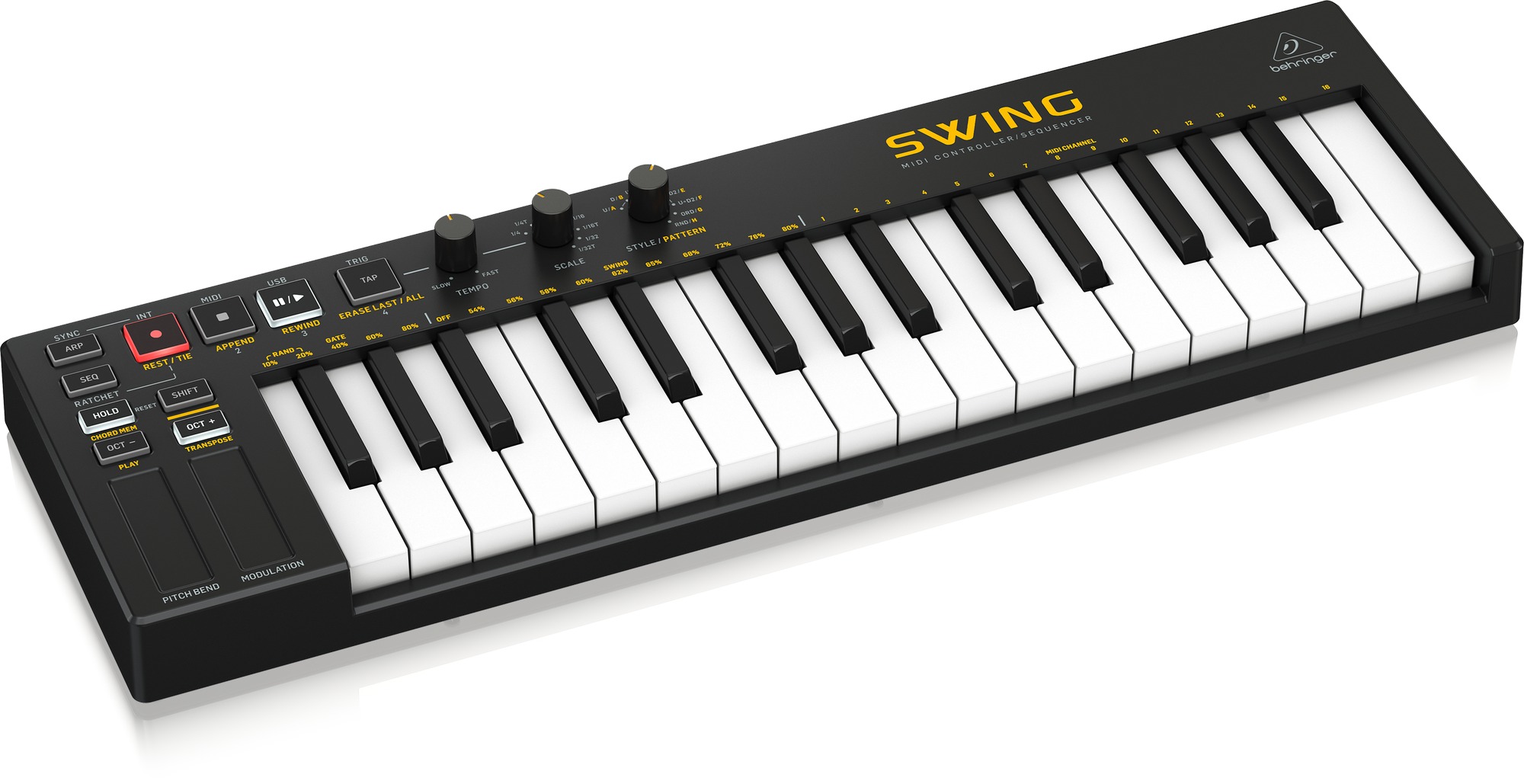Home>Production & Technology>MIDI>How To Play Virtual MIDI Piano Keyboard
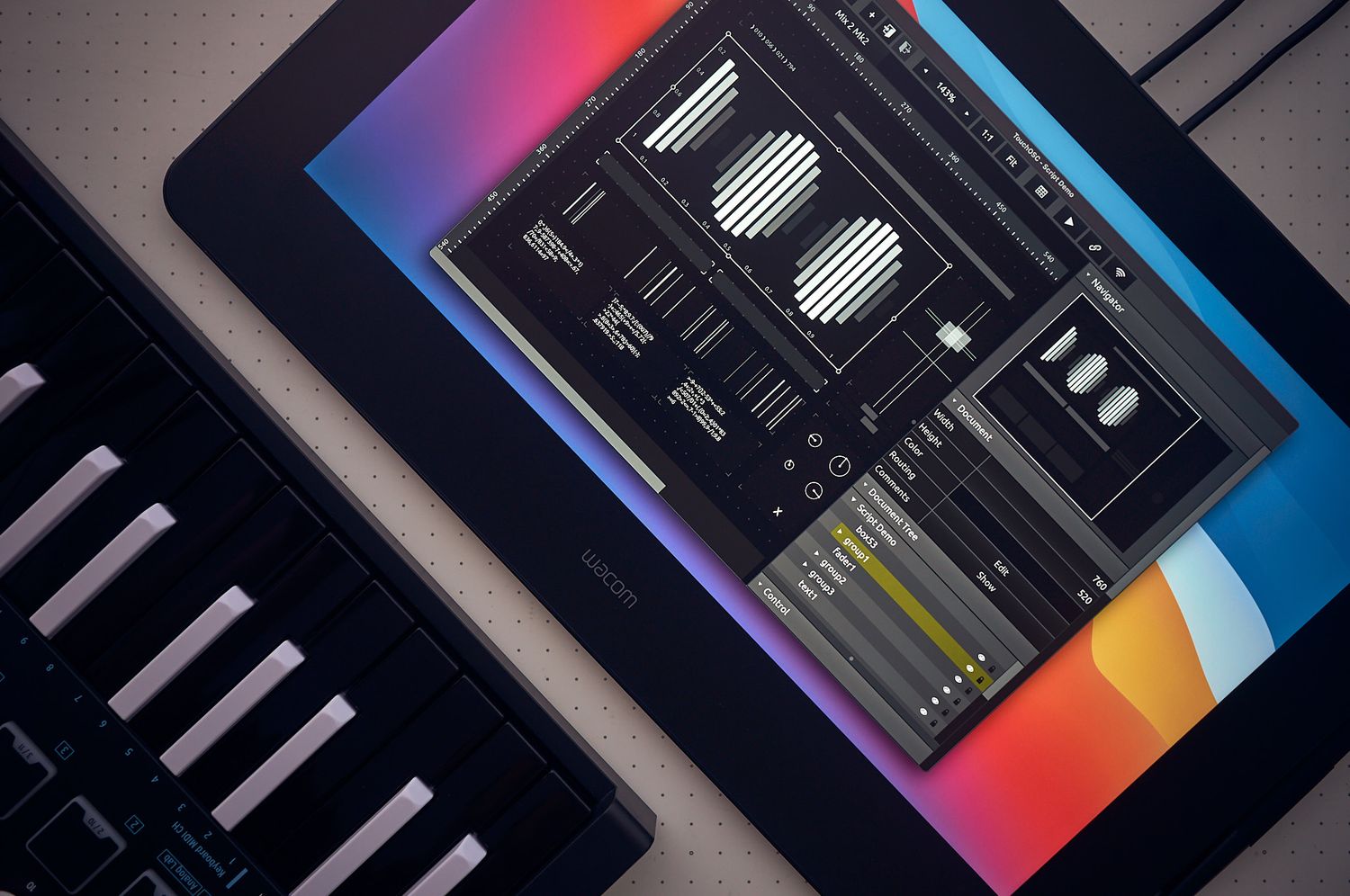

MIDI
How To Play Virtual MIDI Piano Keyboard
Modified: February 22, 2024
Learn how to play virtual MIDI piano keyboard and create music using MIDI technology. Discover MIDI piano keyboard techniques and tips for beginners.
(Many of the links in this article redirect to a specific reviewed product. Your purchase of these products through affiliate links helps to generate commission for AudioLover.com, at no extra cost. Learn more)
Table of Contents
Introduction
Playing the piano is a timeless art form that has brought joy and inspiration to countless individuals. Whether you're a seasoned pianist or an aspiring musician, the world of MIDI (Musical Instrument Digital Interface) offers a fascinating avenue for exploring and creating music. With the advent of virtual MIDI piano keyboards, the boundaries of musical expression have expanded into the digital realm, allowing enthusiasts to unleash their creativity with unprecedented flexibility and convenience.
In this comprehensive guide, we will delve into the captivating realm of virtual MIDI piano keyboards, exploring the process of setting up and playing these digital instruments. Whether you're a music producer, composer, or simply someone with a passion for tinkering with sound, the journey into the world of virtual MIDI piano keyboards promises to be an enriching and rewarding experience.
From selecting the right software to configuring MIDI settings and finally bringing the virtual keys to life, this guide will equip you with the knowledge and skills to embark on a musical adventure like no other. So, let's embark on this exciting journey into the realm of virtual MIDI piano keyboards and unlock the boundless potential they offer for musical expression and creativity.
Setting Up Virtual MIDI Piano Keyboard
Setting up a virtual MIDI piano keyboard is the first step towards unlocking a world of musical possibilities. Whether you're a novice or a seasoned musician, the process of configuring a virtual MIDI piano keyboard can be an exhilarating journey into the realm of digital music creation. Let's explore the essential steps to set up your virtual MIDI piano keyboard and pave the way for a seamless and immersive musical experience.
-
Selecting the Right Hardware:
Before delving into the virtual realm, it's crucial to ensure that your hardware is equipped to support MIDI functionality. Whether you're using a computer, laptop, or mobile device, verifying the availability of MIDI-compatible hardware is essential. If your device lacks built-in MIDI support, you can explore external MIDI controllers or USB MIDI interfaces to bridge the gap and enable seamless communication between your instrument and the digital interface. -
Installing MIDI Drivers:
Once you've confirmed the compatibility of your hardware, the next step involves installing MIDI drivers. These drivers facilitate the communication between your MIDI device and the software, ensuring that MIDI data is accurately transmitted and interpreted. Depending on your operating system and MIDI device, the installation process may vary, but it typically involves downloading the appropriate drivers from the manufacturer's website and following the installation instructions. -
Exploring MIDI-Compatible Software:
With the hardware and drivers in place, the next consideration is selecting MIDI-compatible software to serve as the virtual interface for your piano keyboard. There is a myriad of software options available, ranging from standalone virtual piano applications to comprehensive digital audio workstations (DAWs) that offer extensive MIDI functionality. It's essential to explore and select software that aligns with your musical preferences, workflow, and technical requirements. -
Connecting MIDI Devices:
Once the software is installed, it's time to establish the connection between your MIDI device and the virtual interface. Whether you're using a physical MIDI controller or a software-based virtual keyboard, ensuring that the devices are properly connected and recognized by the software is crucial. This may involve configuring MIDI input and output settings within the software to establish a seamless and responsive connection. -
Testing and Calibration:
After the initial setup, it's advisable to perform a test run to ensure that the MIDI keyboard is functioning as intended within the virtual environment. This may involve playing a few notes, testing sustain pedal functionality, and calibrating the sensitivity and responsiveness of the virtual keys. By fine-tuning these settings, you can optimize the virtual MIDI piano keyboard to suit your playing style and preferences.
By following these essential steps, you can embark on a seamless and immersive musical journey with your virtual MIDI piano keyboard, ready to explore the limitless creative possibilities that await at your fingertips.
Choosing a Virtual MIDI Piano Keyboard Software
Selecting the right virtual MIDI piano keyboard software is a pivotal decision that significantly influences your musical journey. With a myriad of options available, each offering unique features and capabilities, it's essential to consider various factors to align the software with your musical aspirations and technical requirements.
When exploring virtual MIDI piano keyboard software, consider the following aspects to make an informed decision:
-
User Interface and Experience:
The user interface plays a crucial role in shaping your interaction with the virtual MIDI piano keyboard. Look for software that offers an intuitive and visually appealing interface, providing easy access to essential controls and features. A user-friendly interface enhances the overall experience and streamlines the creative process, allowing you to focus on musical expression without being hindered by complex navigation. -
MIDI Functionality and Customization:
Evaluate the MIDI functionality offered by the software, including the ability to customize key mappings, assign MIDI controllers, and integrate with external MIDI hardware seamlessly. Robust MIDI customization capabilities empower you to tailor the virtual piano keyboard to suit your playing style and workflow, fostering a personalized and immersive musical experience. -
Sound Quality and Instrument Variety:
The sonic quality and diversity of virtual instruments available within the software are pivotal considerations. Look for software that offers high-fidelity piano samples, realistic instrument emulations, and a diverse range of sounds to cater to various musical genres and styles. The availability of expressive and dynamic instrument presets can elevate your musical compositions and performances, adding depth and authenticity to your creations. -
Integration with Digital Audio Workstations (DAWs):
If you intend to integrate the virtual MIDI piano keyboard software with a digital audio workstation, compatibility and seamless integration become paramount. Ensure that the software is compatible with popular DAWs, allowing for smooth MIDI communication and synchronization, enabling you to harness the full potential of the virtual instrument within your production environment. -
Performance and Stability:
Stability and performance are essential considerations, especially when engaging in intensive music production or live performances. Look for software that exhibits reliable performance, low latency, and efficient resource utilization, ensuring a seamless and responsive playing experience without compromising on audio quality or system stability.
By carefully evaluating these aspects and considering your specific musical goals and technical environment, you can make an informed decision when selecting a virtual MIDI piano keyboard software. Whether you prioritize intuitive usability, expansive sound libraries, or seamless integration with your existing music production setup, the right software can serve as a catalyst for unlocking your creative potential and embarking on a captivating musical journey.
Configuring MIDI Settings
Configuring MIDI settings is a crucial step in optimizing the performance and functionality of your virtual MIDI piano keyboard. By delving into the intricacies of MIDI configuration, you can fine-tune various parameters to ensure a seamless and immersive musical experience. Whether you're aiming to enhance the responsiveness of your MIDI controller, establish communication between multiple MIDI devices, or optimize MIDI routing within your digital audio workstation (DAW), understanding and configuring MIDI settings is essential.
MIDI Input and Output Routing
One of the key aspects of MIDI configuration involves managing MIDI input and output routing. Within your software or DAW, you can define how MIDI data is routed between different devices and virtual instruments. This includes specifying the MIDI input sources, such as your MIDI keyboard or controller, and mapping them to the desired virtual instruments or MIDI tracks. Additionally, configuring MIDI output routing allows you to direct MIDI data to external hardware devices or virtual instrument plugins, enabling seamless communication and control over a diverse range of musical tools.
MIDI Channel Assignments
MIDI channels play a pivotal role in facilitating communication between MIDI devices and virtual instruments. When configuring MIDI settings, you have the flexibility to assign specific MIDI channels to different instruments or tracks, allowing for independent control and manipulation of individual musical elements. By strategically assigning MIDI channels, you can orchestrate intricate musical arrangements, layer multiple instruments, and exercise precise control over each component of your composition, fostering a dynamic and expressive musical landscape.
MIDI Mapping and Control Assignments
Customizing MIDI mapping and control assignments empowers you to tailor the behavior of your MIDI controller or keyboard to align with your musical preferences and workflow. Through MIDI configuration, you can map specific MIDI controller inputs, such as knobs, faders, and modulation wheels, to various parameters within your virtual instruments or DAW. This level of customization grants you unparalleled control over sound shaping, effects manipulation, and real-time performance dynamics, amplifying the expressive potential of your MIDI piano keyboard and enriching your musical creations.
Latency and Buffer Settings
Optimizing latency and buffer settings is essential to minimize audio latency and ensure responsive MIDI performance. By adjusting buffer sizes, sample rates, and audio latency settings within your software or audio interface, you can mitigate delays in MIDI input responsiveness and achieve a tight and immediate connection between your physical interactions and the virtual instrument's output. Fine-tuning these settings is particularly crucial for live performances and real-time music production, where instantaneous responsiveness is paramount.
By delving into the intricacies of MIDI configuration and meticulously adjusting MIDI settings, you can unlock the full potential of your virtual MIDI piano keyboard, fostering a deeply personalized and immersive musical experience. Whether you're sculpting intricate compositions, performing live, or experimenting with sonic textures, the art of MIDI configuration empowers you to harness the expressive capabilities of your virtual instrument and embark on a captivating musical journey.
Playing Virtual MIDI Piano Keyboard
Playing a virtual MIDI piano keyboard opens a gateway to a world of musical exploration and creativity. Whether you're a seasoned pianist or a novice enthusiast, the virtual realm offers a dynamic platform to unleash your musical expression and immerse yourself in captivating melodies. As you embark on this musical journey, the virtual MIDI piano keyboard becomes a versatile canvas for your artistic endeavors, empowering you to craft evocative compositions, perform expressive melodies, and delve into the boundless realm of musical improvisation.
Expressive Performance Dynamics
When playing a virtual MIDI piano keyboard, the nuances of expressive performance dynamics come to life, transcending the limitations of traditional acoustic instruments. The sensitivity of your MIDI controller or keyboard allows for intricate control over the dynamics of each note, enabling you to infuse your performances with subtle nuances, crescendos, and diminuendos. Whether you're aiming to evoke poignant emotions through delicate phrasing or unleash powerful crescendos that resonate with intensity, the virtual MIDI piano keyboard responds to your touch with unparalleled precision and expressiveness.
Real-Time Sound Shaping and Manipulation
The virtual MIDI piano keyboard serves as a dynamic platform for real-time sound shaping and manipulation, offering a myriad of creative possibilities at your fingertips. Through MIDI mapping and control assignments, you can sculpt the tonal characteristics of your virtual instrument, modulate effects parameters, and craft intricate sonic textures in real time. From adjusting the attack and release of each note to experimenting with modulation, reverb, and other effects, the virtual MIDI piano keyboard empowers you to shape and mold the sonic landscape with fluidity and finesse, fostering a deeply immersive and interactive musical experience.
Seamless Integration with Virtual Instruments and DAWs
As you navigate the virtual MIDI piano keyboard, the seamless integration with virtual instruments and digital audio workstations (DAWs) amplifies the scope of your musical explorations. The diverse array of virtual instrument plugins, ranging from authentic piano emulations to eclectic synthesized sounds, enriches your sonic palette, allowing you to traverse diverse musical genres and styles with ease. Furthermore, the integration with DAWs facilitates seamless recording, editing, and arrangement of your musical creations, providing a comprehensive production environment where your musical visions can seamlessly evolve into polished compositions.
Boundless Creativity and Musical Exploration
Playing a virtual MIDI piano keyboard transcends the confines of traditional instrumentation, inviting you to embark on a journey of boundless creativity and musical exploration. Whether you're composing evocative melodies, improvising captivating harmonies, or experimenting with avant-garde sonic landscapes, the virtual MIDI piano keyboard becomes a conduit for your artistic vision. The fusion of technological innovation and musical artistry unfolds as you navigate the virtual keys, unlocking a realm where imagination and creativity converge to shape mesmerizing musical narratives.
In essence, playing a virtual MIDI piano keyboard transcends the realm of mere performance, evolving into a deeply immersive and expressive artistic endeavor. As you navigate the digital expanse of musical possibilities, the virtual MIDI piano keyboard becomes a conduit for boundless creativity, empowering you to sculpt evocative melodies, orchestrate intricate compositions, and embark on a captivating musical odyssey where the boundaries of musical expression are redefined.
Conclusion
In conclusion, the realm of virtual MIDI piano keyboards offers an unparalleled avenue for musical exploration and creative expression. As we've journeyed through the process of setting up, configuring, and playing the virtual MIDI piano keyboard, it becomes evident that this digital instrument transcends traditional boundaries, opening new horizons for musicians, composers, and music enthusiasts alike.
The seamless integration of hardware, software, and MIDI configuration empowers individuals to embark on a deeply personalized and immersive musical journey. From selecting the right hardware and software to meticulously configuring MIDI settings, each step contributes to the foundation of a dynamic and expressive musical environment. The virtual MIDI piano keyboard becomes a versatile canvas for artistic endeavors, enabling expressive performance dynamics, real-time sound shaping, and seamless integration with virtual instruments and digital audio workstations.
As we navigate the digital expanse of musical possibilities, the virtual MIDI piano keyboard becomes a conduit for boundless creativity, empowering individuals to sculpt evocative melodies, orchestrate intricate compositions, and embark on a captivating musical odyssey where the boundaries of musical expression are redefined. Whether you're a pianist seeking new avenues for performance, a composer delving into sonic experimentation, or a music enthusiast exploring the art of digital music creation, the virtual MIDI piano keyboard beckons with limitless potential and transformative possibilities.
In essence, the journey into the realm of virtual MIDI piano keyboards transcends the realm of mere performance, evolving into a deeply immersive and expressive artistic endeavor. It is a testament to the harmonious fusion of technological innovation and musical artistry, where imagination and creativity converge to shape mesmerizing musical narratives. As we embrace the digital evolution of musical expression, the virtual MIDI piano keyboard stands as a beacon of innovation, inviting us to discover, create, and redefine the boundaries of musical possibility.
Ultimately, the virtual MIDI piano keyboard embodies the spirit of musical innovation, offering a gateway to a world where creativity knows no bounds and artistic expression flourishes in the digital expanse. It is a testament to the transformative power of technology, where the timeless art of piano performance and composition converges with the boundless potential of the digital realm, paving the way for a new era of musical exploration and creativity.

